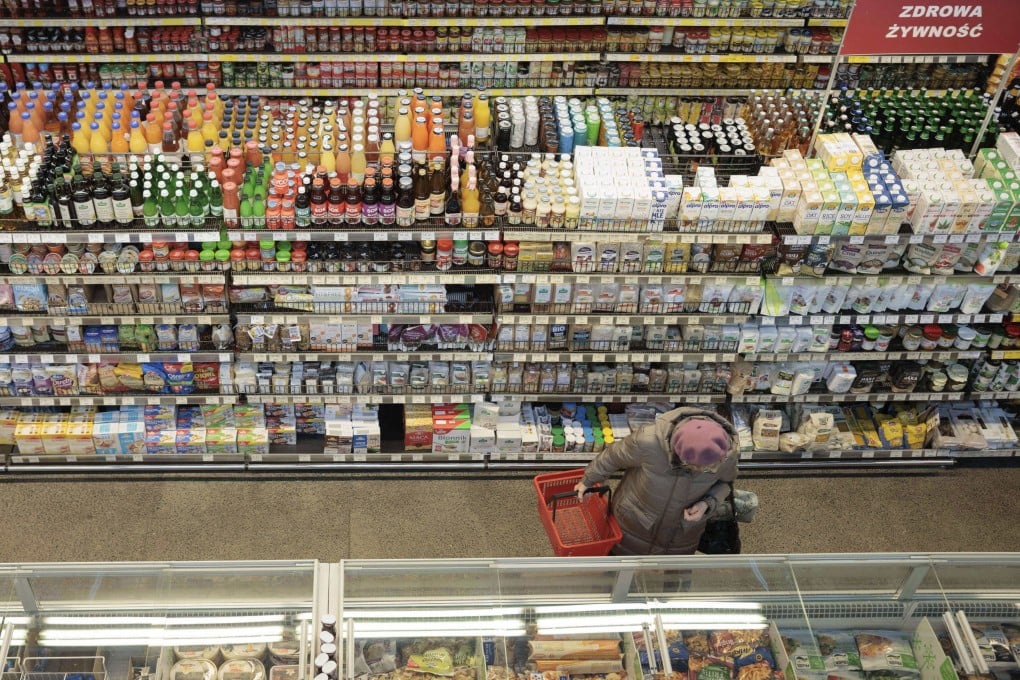Advertisement
Macroscope | Sustained slower growth may be a reality for China and others, but high inflation can be tamed
- War and the pandemic left most countries facing high inflation and low growth in 2022
- While there is always the risk of further shocks, stagflation need not become a long-term problem, provided monetary authorities maintain restrictive policies
Reading Time:3 minutes
Why you can trust SCMP
0

A good case can be made that secular stagnation – sustained slower growth – is looming for most advanced economies, China and many emerging markets dependent on trade and foreign investment.
Advocates of this view point to ageing populations, deglobalisation, climate change and biodiversity loss, rising inequality and excessive debt, whereas optimists instead tout the potential of younger, dynamic countries and productivity boosting technologies such as artificial intelligence, robotics and bioengineering.
Yet, even if secular stagnation is our destiny, it is not likely to take the form of secular stagflation (a combination of secular stagnation and persistent, long-term stagflation).
The more likely scenario for most advanced economies and China is many decades of secular stagnation with generally low inflation rates, interrupted by occasional one- or two-year episodes of transitory stagflation.
There are two distinct drivers of stagflation, both of which can operate simultaneously. The first occurs when a negative aggregate supply shock boosts inflation while lowering output and raising the unemployment rate, as happened recently with the Russian-war-driven spike in global commodity prices and the pandemic-driven disruption of supply chains.
If the supply shock is temporary, or if aggregate demand adjusts downward to a permanently lower level of aggregate supply (with some help from tighter monetary policy), the above-target inflation will be transitory.
Advertisement
Select Voice
Choose your listening speed
Get through articles 2x faster
1.25x
250 WPM
Slow
Average
Fast
1.25x
